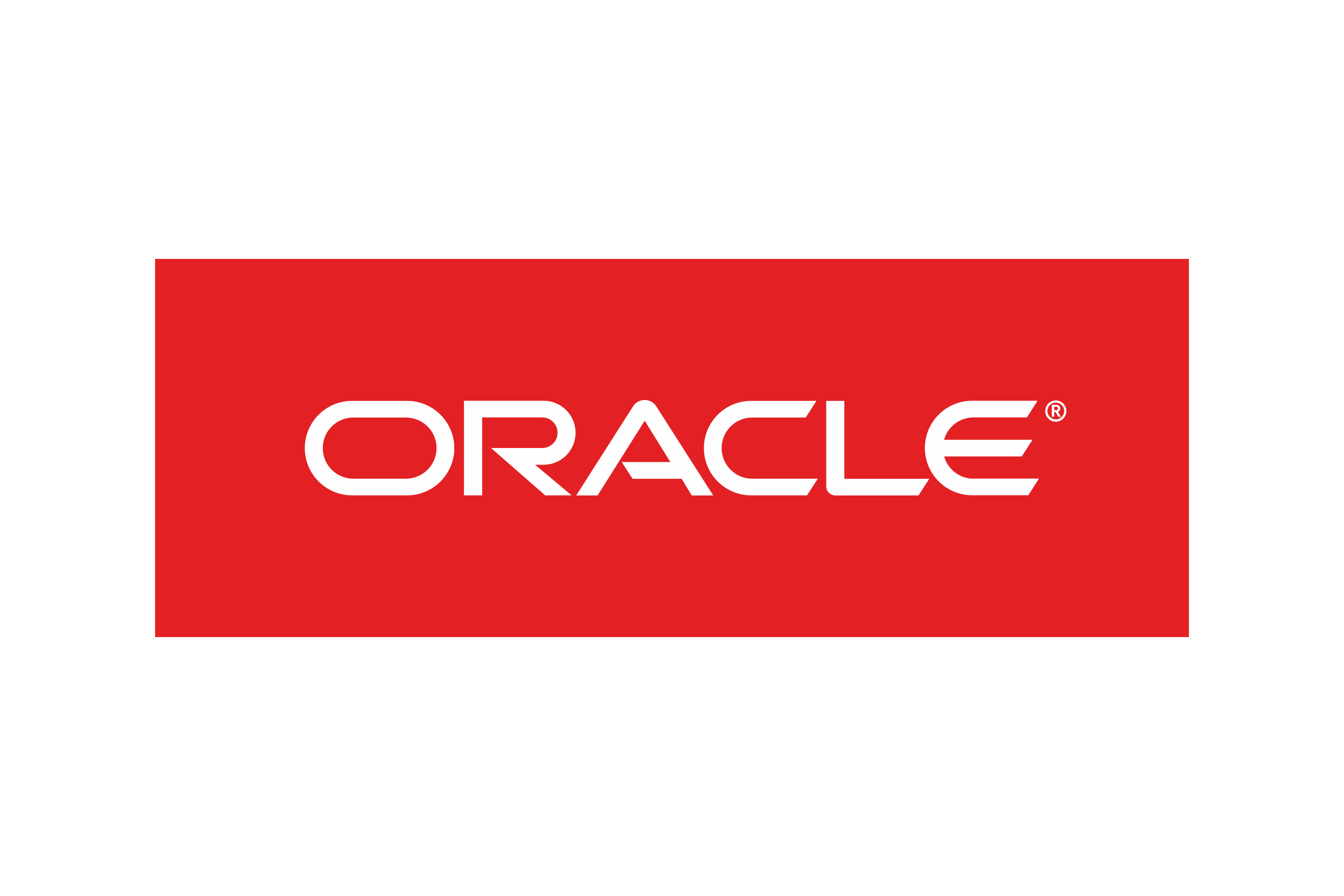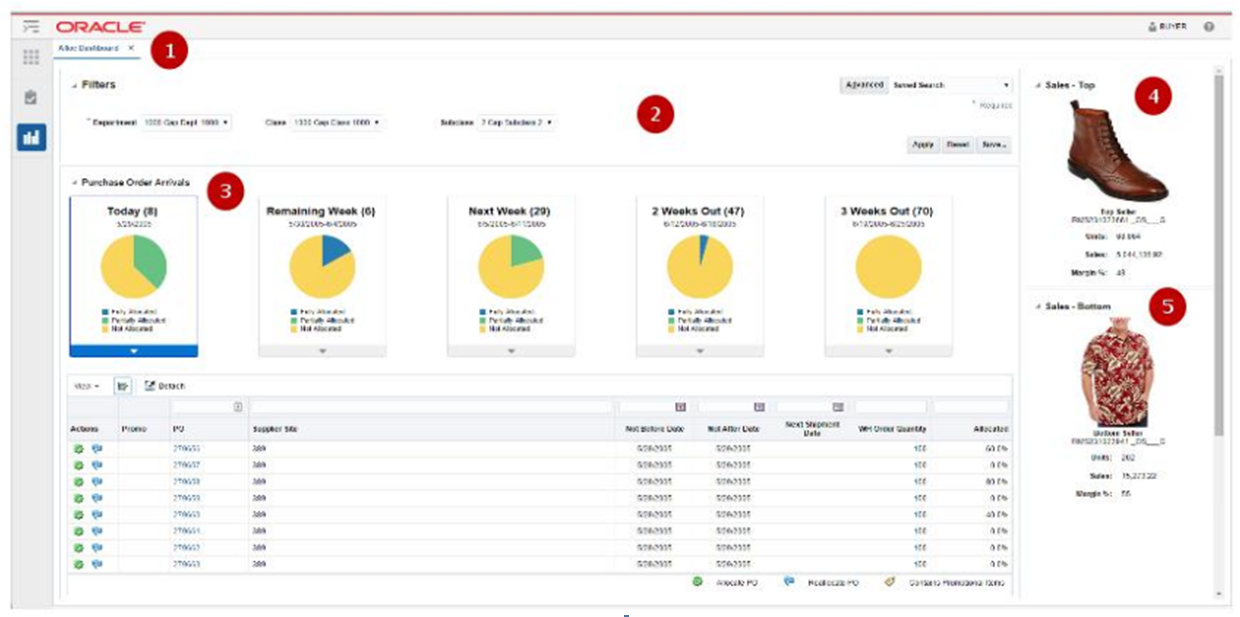
Oracle Retail Merchandising: Complete Buyer's Guide
Enterprise-grade merchandising platform
Oracle Retail Merchandising is an enterprise-grade merchandising platform that combines AI-driven demand forecasting with dynamic pricing optimization for mid-market to enterprise retailers.
Market Position & Maturity
Market Standing
Oracle Retail Merchandising occupies a dominant position in the enterprise retail technology market, serving major retailers including Walmart, CVS, and Ahold Delhaize with proven capabilities at massive scale[51].
Company Maturity
Oracle Corporation's $50+ billion annual revenue and established enterprise customer base provide the financial foundation for continued platform development and support[63].
Growth Trajectory
Growth trajectory evidence includes significant cloud transformation initiatives and AI capability expansion. Oracle's recent Generative AI enhancements and AI Foundation Cloud Service developments demonstrate continued innovation investment[74][76].
Industry Recognition
Industry recognition comes primarily through customer success stories rather than analyst awards, with documented implementations achieving 20-30% inventory cost reductions and 25-30% stockout improvements[62][71].
Strategic Partnerships
Strategic partnerships within Oracle's ecosystem provide competitive advantages through native integration capabilities with Oracle Retail Xstore POS and Oracle Cloud ERP[47][68].
Longevity Assessment
Longevity assessment strongly favors Oracle given the company's enterprise focus, substantial customer base, and continued platform investment.
Proof of Capabilities
Customer Evidence
Walmart's implementation represents the most compelling proof point, achieving 90% forecast accuracy with Oracle's AI-driven demand forecasting, resulting in 30% stockout reduction and 15% inventory cost savings[41][51].
Quantified Outcomes
Quantified outcomes across multiple implementations show consistent patterns: 20-30% inventory cost reduction, 25-30% fewer stockouts, and 20-25% inventory turnover increases[62][71].
Case Study Analysis
Grupo Marti's deployment across 500,000 SKUs achieved 20% overstock reduction within six months, with implementation completed 30% faster than competitors through business process re-engineering rather than extensive software customization[70].
Market Validation
Market validation includes Oracle's ability to process 400 million products daily during peak events like Cyber Monday, demonstrating infrastructure capabilities that exceed most competitors[41].
Competitive Wins
Competitive wins include successful deployments where customers chose Oracle over alternatives. Rogers noted 'Oracle Retail Merchandising Cloud future-proofed our operations, enabling seamless 'clicks to bricks' functionality'[48].
Reference Customers
Reference customers include major retailers like Walmart, CVS, and Ahold Delhaize[51].
AI Technology
Oracle Retail Merchandising's AI capabilities center on machine learning algorithms that power demand forecasting, pricing optimization, and inventory allocation through the AI Foundation Cloud Service (AIF).
Architecture
The technical architecture demonstrates impressive scale and performance. Oracle's AI processes 400 million products daily during peak events, handling massive datasets that include 12TB+ of sales data for SKU-level predictions in complex implementations[41][46].
Primary Competitors
Enterprise competitors like IBM Supply Chain and SMB-focused platforms like Zoho Inventory.
Competitive Advantages
Oracle's competitive advantages include its integration ecosystem with native Oracle Retail Xstore POS compatibility, global compliance capabilities, and proven performance with major retailers like Walmart achieving 90% forecast accuracy[41][47][68].
Market Positioning
Oracle's market positioning reflects its strength in comprehensive, integrated merchandising platforms for enterprise retailers, while specialized competitors excel in specific niches or price-sensitive segments.
Win/Loss Scenarios
Win/loss scenarios favor Oracle for enterprise retailers with complex omnichannel operations, existing Oracle ecosystem investments, and substantial implementation budgets[42][47][68].
Key Features

Pros & Cons
Use Cases
Integrations
Pricing
Featured In Articles
Comprehensive analysis of Inventory Management for Ecommerce for Ecommerce businesses and online retailers. Expert evaluation of features, pricing, and implementation.
How We Researched This Guide
About This Guide: This comprehensive analysis is based on extensive competitive intelligence and real-world implementation data from leading AI vendors. StayModern updates this guide quarterly to reflect market developments and vendor performance changes.
77+ verified sources per analysis including official documentation, customer reviews, analyst reports, and industry publications.
- • Vendor documentation & whitepapers
- • Customer testimonials & case studies
- • Third-party analyst assessments
- • Industry benchmarking reports
Standardized assessment framework across 8 key dimensions for objective comparison.
- • Technology capabilities & architecture
- • Market position & customer evidence
- • Implementation experience & support
- • Pricing value & competitive position
Research is refreshed every 90 days to capture market changes and new vendor capabilities.
- • New product releases & features
- • Market positioning changes
- • Customer feedback integration
- • Competitive landscape shifts
Every claim is source-linked with direct citations to original materials for verification.
- • Clickable citation links
- • Original source attribution
- • Date stamps for currency
- • Quality score validation
Analysis follows systematic research protocols with consistent evaluation frameworks.
- • Standardized assessment criteria
- • Multi-source verification process
- • Consistent evaluation methodology
- • Quality assurance protocols
Buyer-focused analysis with transparent methodology and factual accuracy commitment.
- • Objective comparative analysis
- • Transparent research methodology
- • Factual accuracy commitment
- • Continuous quality improvement
Quality Commitment: If you find any inaccuracies in our analysis on this page, please contact us at research@staymodern.ai. We're committed to maintaining the highest standards of research integrity and will investigate and correct any issues promptly.